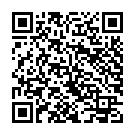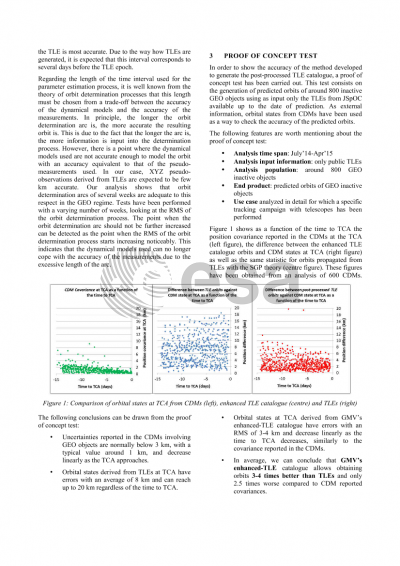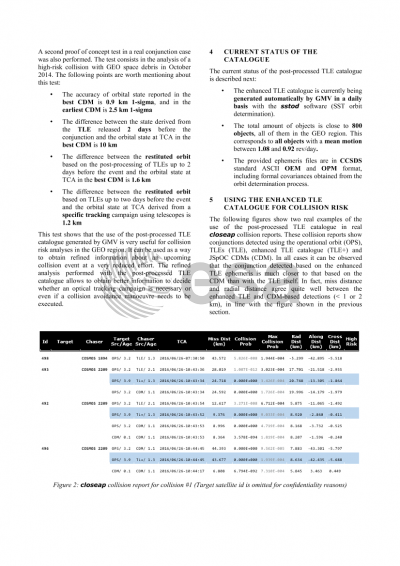Document details

Abstract
Nowadays more than 2200 unclassified objects are transiting the GEO region. Out of those, almost 1300 objects orbit in the GEO region, and, in turn, out of those, more than 400 objects are active satellites, being space debris the remaining 800 GEO objects. Regarding GEO active objects, operators and agencies usually share information to avoid collisions among them. This is for instance the case of the SDA. Thus, the largest remaining thread to GEO satellites comes from GEO resident space debris objects. For inactive objects the only information publicly available in a routine manner are the TLEs from JSpOC. A network of sensors plus the corresponding on-ground processing can be used to improve the orbital knowledge of the inactive objects. On the other hand, the idea behind the post-processed-TLE GEO catalogue is to obtain space debris orbits at GEO altitude as accurate as possible using only publicly available information. The postprocessed-TLE catalogue concept is based on the combination of two main factors: a) our deep knowledge of the dynamics of inactive objects at GEO altitude; and b), the existence of large data sets of publicly available TLEs.
In order to proof the accuracy of the method developed by GMV to generate the postprocessed-TLE catalogue, a proof of concept test has been carried out. This test consists on the generation of predicted orbits of around 400 inactive GEO objects from July 2014 to April 2015 using as input only the TLEs from JSpOC available up to the date of prediction. As external information, CDMs have been used as a way to check the accuracy of the predicted orbits.
The following comments are worth to mention about the proof of concept test:
- Uncertainties reported in the CDMs are normally below 3 km, with a typical value around 1 km, and decrease linearly as the TCA approaches.
- Orbital states derived from TLEs at TCA have errors with an average of 8 km and can reach up to 20 km regardless of the time to TCA.
- Orbital states at TCA derived from GMV’s postprocessed-TLE catalogue have errors with an RMS of 3-4 km and decrease linearly as the time to TCA decreases, similarly to the covariance reported in the CDMs.
- In average, we can conclude that GMV’s postprocessed-TLE catalogue allows obtaining orbits 3-4 times better than TLEs and only 2.5 times worse compared to CDM reported covariances.
Based on this concept, currently GMV is routinely generating a catalogue of 800 GEO inactive objects with the orbital accuracy presented above. A real example of the use of the postprocessed TLE catalogue in real closeap collision reportsshowed that the properties of the conjunction detected based on the postprocessed TLE ephemeris is much closer to that based on the CDM than with the TLE itself. In fact, miss distance and radial distance agree quite well between postprocessed-TLE and CDM-based detections.
This paper will describe the methods used for the generation of the postprocessed TLE catalogue and the performances achieved in terms of orbital accuracy and satellite collision prediction.
Preview





